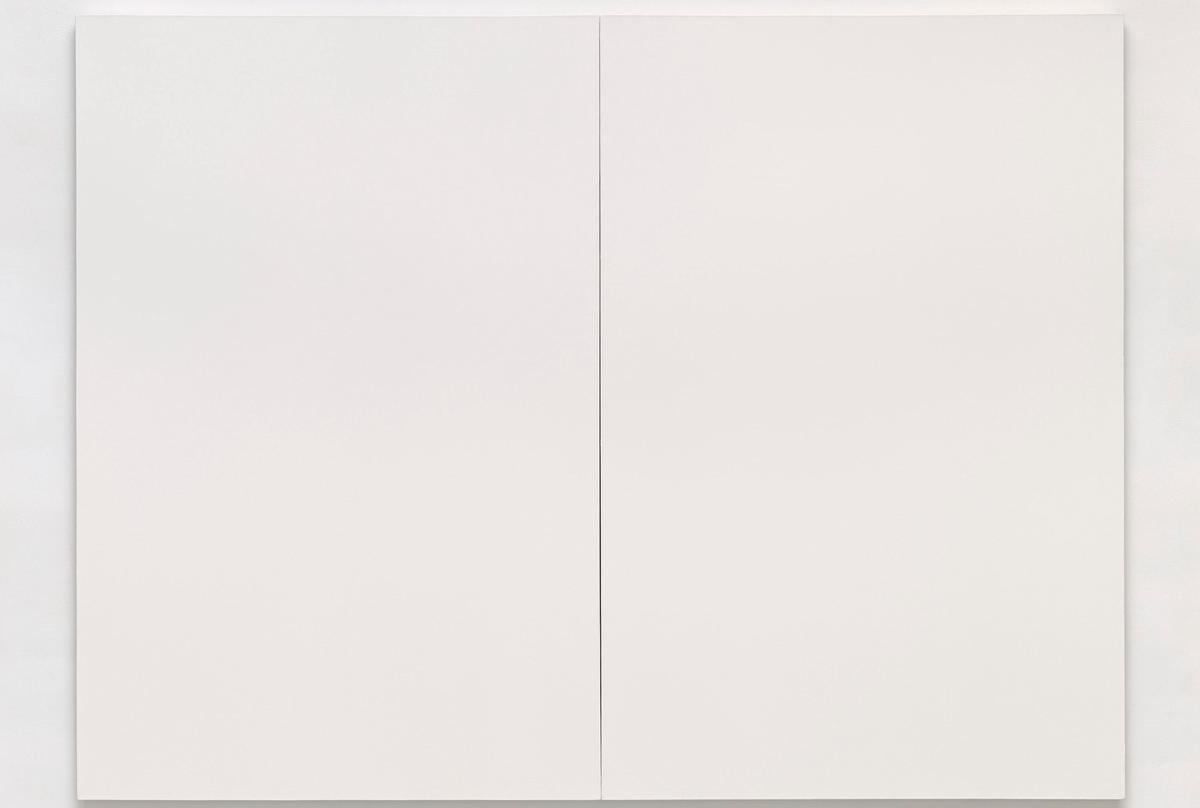
"In 1952, John Cage shocked audiences by staging four minutes and 33 seconds of silence. His composition 4'33" was an attempt to make nothing audible. It was inspired in part by Robert Rauschenberg's White Paintings (1951), entirely white canvasses that work as blank screens to register shifting shadows and reflections, and project them as art. 'A canvas is never empty,' says Cage, quoting Rauschenberg, and 4'33" bears that out, as random ambient sound - coughing, shifting, programmes rustling - becomes a kind of music."
"These works illustrate the impossibility of saying nothing: to represent nothing is to negate it by turning it into something - an image, a piece of music, a reflection of and on movement, time and change."
"Like the negative space against which words become visible (voids emphasised in Cage's original typography), nothing generates speech and the speaker, poetry and the 'I' who needs it."
"Poetry is saying I have it and I am nothing and to say thatAnd that nothing is poetry I am saying and I have to say itSaying poetry is nothing and to that I say I am and have it"
John Cage's 4'33" stages silence so ambient noises—coughing, shifting, programmes rustling—become audible and musical. Robert Rauschenberg's White Paintings function as blank canvases that register shadows and reflections. These practices show that attempting to present nothing converts absence into perceptible something: image, sound, or reflection of movement, time and change. Nothing operates as negative space that generates speech, the speaker, poetry, and the sense of "I." Edwin Morgan's sonnet treats saying nothing as a paradoxical creative and existential affirmation. The concept of nothing challenges definitions of something and demands new modes of expression.
Read at Aeon
Unable to calculate read time
Collection
[
|
...
]